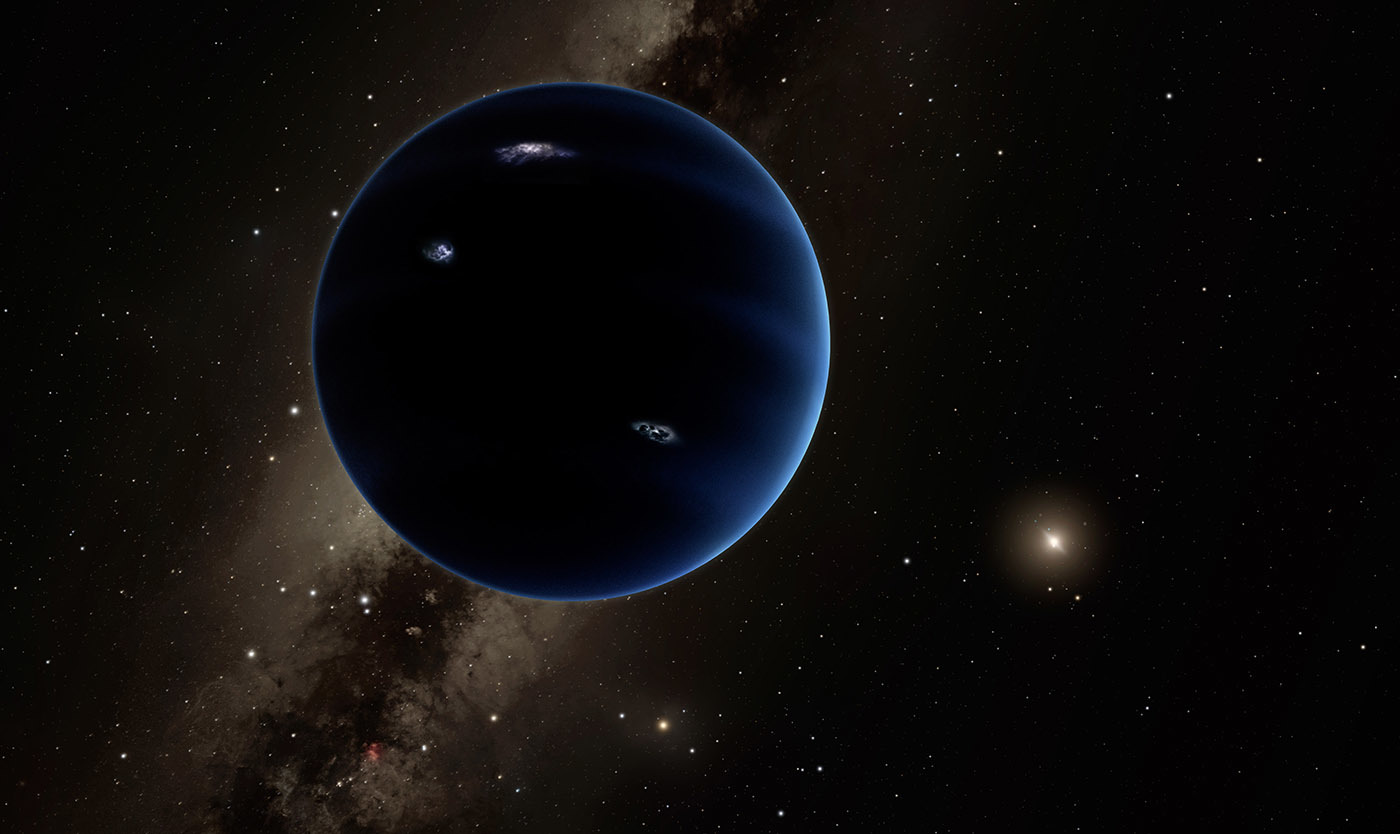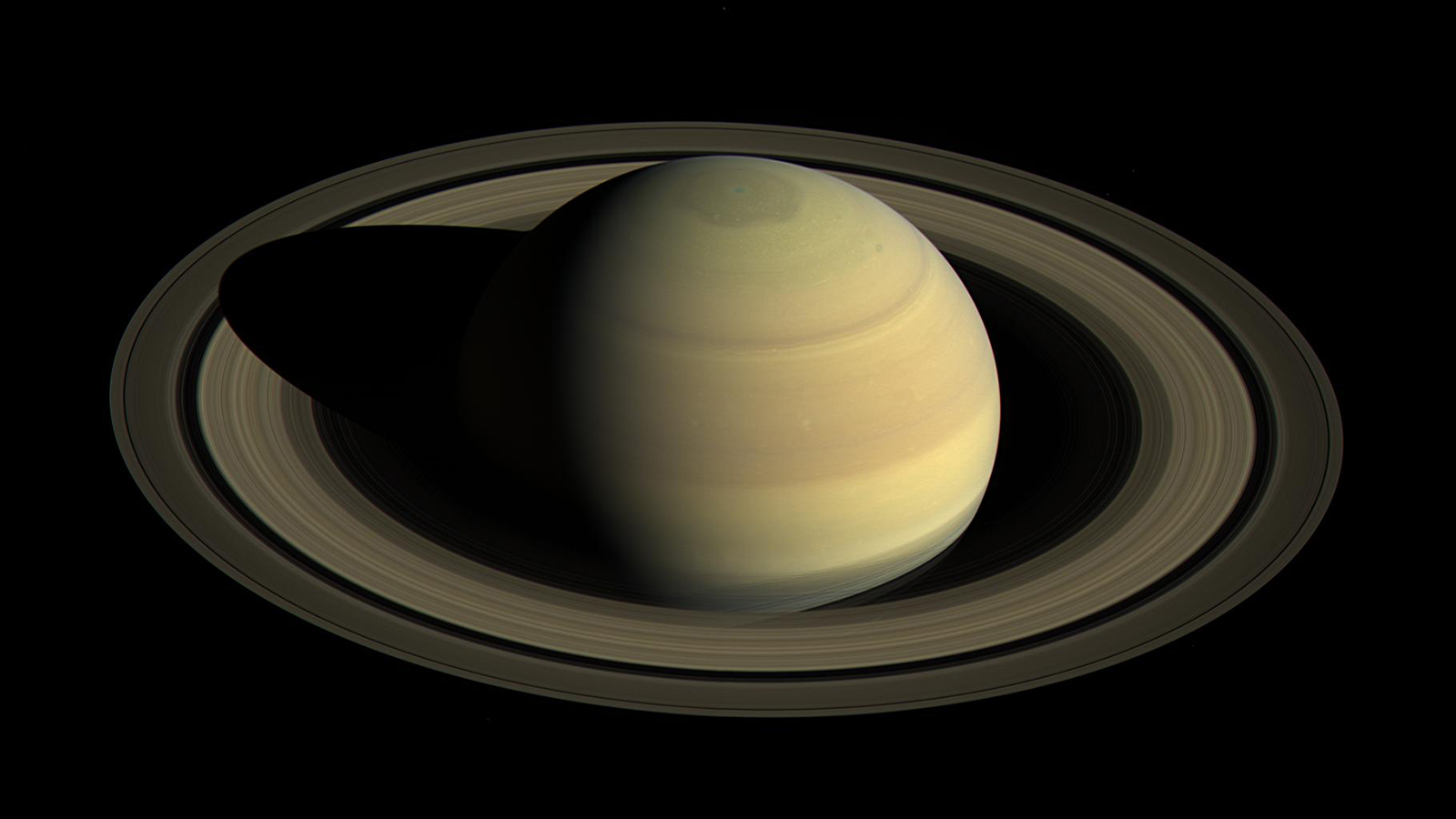The Sun
The Sun is our star. There are eight planets orbiting the sun and there could still be more. It is possible that there is a tenth planet behind Pluto currently known as Planet X.
The eight planets in order are: Mercury, Venus, Earth, Mars, Jupiter, Saturn, Uranus and Neptune, Planet X.
The Sun's surface is 5,505°C hot.The Sun's core can reach 15 billion°C.
Mercury
Mercury
 is the 1st planet from the Sun. It is also the smallest planet in our solar system. It's diameter is 4,879 km. It is the smallest planet in our solar system, slightly bigger than our Moon.
is the 1st planet from the Sun. It is also the smallest planet in our solar system. It's diameter is 4,879 km. It is the smallest planet in our solar system, slightly bigger than our Moon.Venus
Venus is the 2nd planet from the Sun. Despite its distance from the Sun it is still hotter than mercury, because Venus has thick atmosphere of carbon dioxide. Carbon dioxide traps almost all heat that enters the atmosphere, which is also what is causing global warming here on Earth.
Earth
The Earth is the third planet in the solar system and is where we are living. It was formed 4.5 billion years ago along with the other planets. Earth has only one natural satellite which is the moon. The Earth would be among the brightest light in the night sky of another planet because the water reflects off a lot of the light coming from the Sun. Earth also has a small ring of 20 meters.

Mars
Mars is the fourth planet from the solar system. It is known for having a possible source of life since it had some water around 1970s. Scientists say that there still might be some bacteria that can survive there. Mars has 2 natural satellites that both have an irregular shape and are very small. They are Phobos and Deimos.
Mars is 230 million km from the Sun and its orbital period is 687 Earth days. A day on Mars is slightly longer than on Earth: 24 hours and 39 minutes.
 |
| Mars in 1970s |
 |
| Mars in 2007 |
Jupiter
Jupiter is the 5th planet from the Sun and the 1st of the outer planets and gas giants. Jupiter is the 2nd largest object in the Solar System and the largest of all planets. It also has the shortest day of the Solar System which is just 10 Earth hours. The great red spot near the middle of the planet is a giant storm. Jupiter's orbital time is 11.862 Earth years.
SaturnSaturn is the 6th planet from the Sun and the 2nd largest planet in the Solar System. Saturn is known mainly for its large variety of rings. 1 year on Saturn is equivalent to 29.4571 years on Earth. One day on Saturn is equal to 11 Earth hours. Saturn has the lowest density of all other planets. In fact, it is so dense it can float on a giant pool. Saturn has 64 known satellites.
UranusUranus is the 7th planet from the Sun. It is the 3rd largest planet. Uranus is a weird planet because its rings show that the planet is tilted slightly more than 90 degrees. A day on Uranus takes 17 Earth hours and a year on Uranus takes 84.0205 years.

 Neptune is the 8th and farthest known planet. Its dark spot is also a strong storm like in Jupiter. It has 14 known satellites. Neptune's dark spot has the strongest winds in the whole Solar System, with wind speeds that reach up to 2000 km per hour. A day on Neptune is shorter than Uranus' by one hour. A year on Neptune is 164.8 years. PLANET XCaltech researchers have found mathematical evidence suggesting there
may be a "Planet X" deep in the solar system. This hypothetical
Neptune-sized planet orbits our Sun in a highly elongated orbit far
beyond Pluto. The object, which the researchers have nicknamed "Planet
Nine," could have a mass about 10 times that of Earth and orbit about 20
times farther from the Sun on average than Neptune. It may take between
10,000 and 20,000 Earth years to make one full orbit around the Sun. Astronomers studying the Kuiper Belt have noticed some of the dwarf planets and other small, icy objects tend to follow orbits that cluster together. By analyzing these orbits, the Caltec team predicted the possibility that a large, previously undiscovered planet may be hiding far beyond Pluto.
Neptune is the 8th and farthest known planet. Its dark spot is also a strong storm like in Jupiter. It has 14 known satellites. Neptune's dark spot has the strongest winds in the whole Solar System, with wind speeds that reach up to 2000 km per hour. A day on Neptune is shorter than Uranus' by one hour. A year on Neptune is 164.8 years. PLANET XCaltech researchers have found mathematical evidence suggesting there
may be a "Planet X" deep in the solar system. This hypothetical
Neptune-sized planet orbits our Sun in a highly elongated orbit far
beyond Pluto. The object, which the researchers have nicknamed "Planet
Nine," could have a mass about 10 times that of Earth and orbit about 20
times farther from the Sun on average than Neptune. It may take between
10,000 and 20,000 Earth years to make one full orbit around the Sun. Astronomers studying the Kuiper Belt have noticed some of the dwarf planets and other small, icy objects tend to follow orbits that cluster together. By analyzing these orbits, the Caltec team predicted the possibility that a large, previously undiscovered planet may be hiding far beyond Pluto. They estimate the gravity of this potential planet might explain the unusual orbits of those Kuiper objects.
They estimate the gravity of this potential planet might explain the unusual orbits of those Kuiper objects. 


